Laboratory glassware is an essential component of scientific research, education, and industrial applications. From chemical reactions to biological experiments, glassware plays a crucial role in ensuring accurate measurements, safe handling of substances, and reliable experimental results. In this blog, we will explore the different types of laboratory glassware, their uses, advantages, and best practices for maintaining them. Discover more
What is Laboratory Glassware?
Laboratory glassware refers to the wide range of glass equipment used in scientific laboratories for analysis, preparation, and storage of chemical or biological samples. Unlike regular glass, most lab glassware is made from borosilicate glass (such as Pyrex) which resists heat, chemicals, and mechanical stress, making it suitable for high-precision work. Read more
Common Types of Laboratory Glassware
Beakers
- Cylindrical glass containers with flat bottoms.
- Used for mixing, heating, or stirring liquids.
- Available in various sizes with graduation marks for approximate measurements.
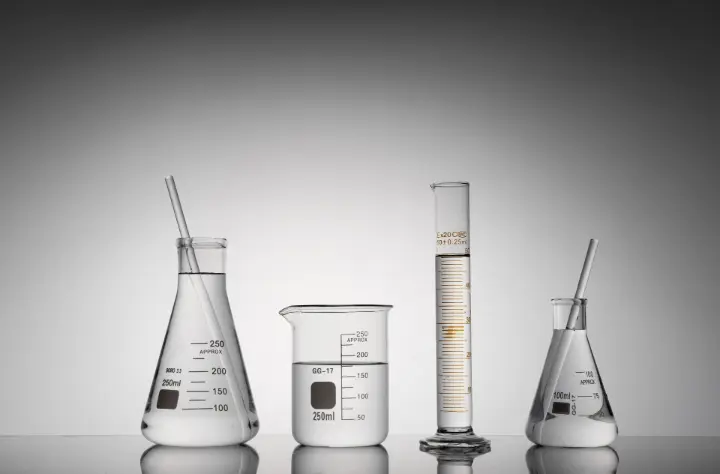
Flasks
- Erlenmeyer flasks: Conical shape, ideal for swirling without spilling.
- Volumetric flasks: Used for precise dilutions and preparation of standard solutions.
- Round-bottom flasks: Common in distillation and heating applications.
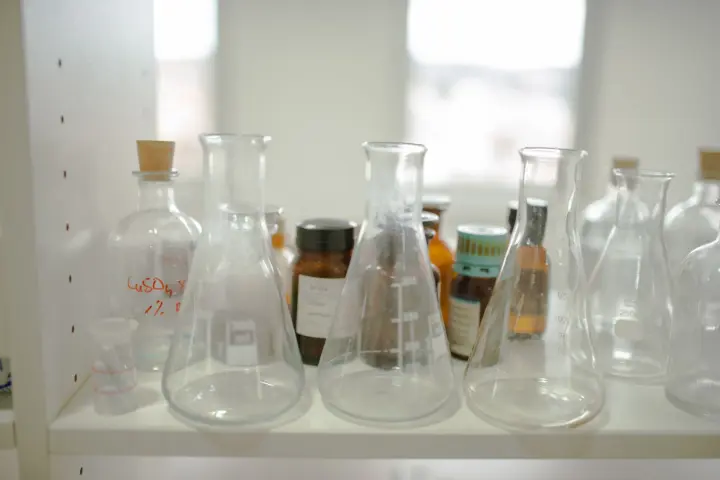
Test Tubes
- Small cylindrical tubes for holding, heating, or observing reactions on a small scale.
- Often used in biology, chemistry, and clinical laboratories.
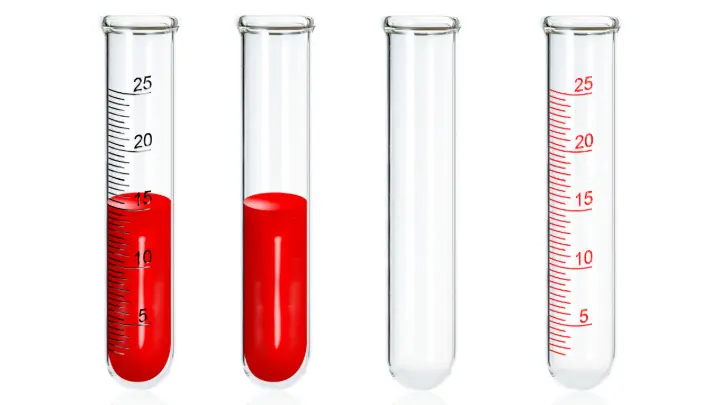
Graduated Cylinders
- Tall, narrow glassware with precise graduation marks.
- Used for accurate measurement of liquid volumes.

Burettes and Pipettes
- Burettes: Essential for titration experiments where precise liquid dispensing is needed.
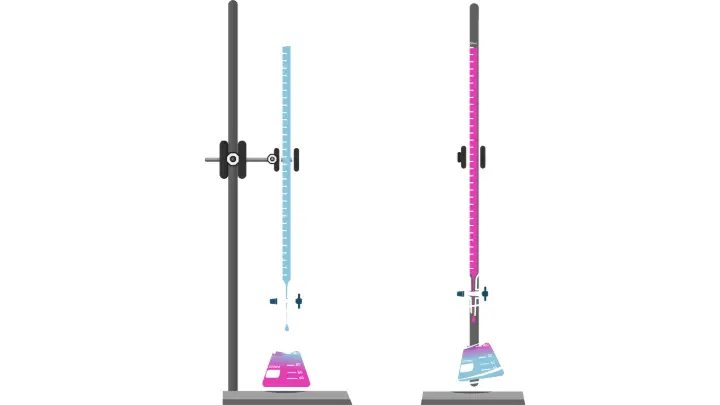
- Pipettes: Allow accurate transfer of specific liquid volumes, available in manual and automatic types.
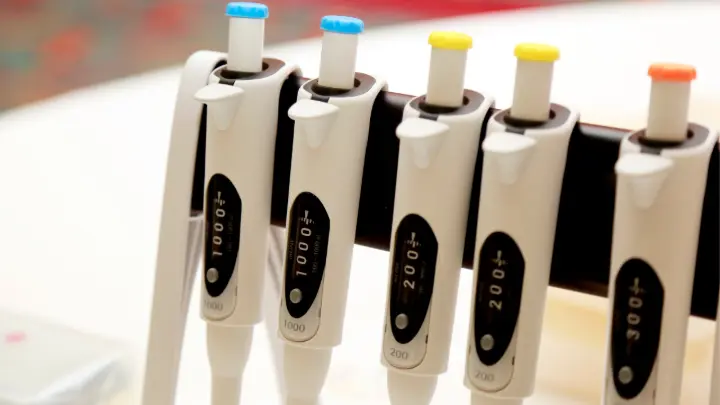
Glass Bottles and Reagent Containers
- Designed for safe storage of chemicals, solvents, and reagents.
- Often feature ground-glass stoppers for airtight sealing.
Condensers and Specialized Glassware
- Used in distillation, reflux, and organic chemistry experiments.
- Provide controlled cooling and vapor condensation.
Why Glassware is Essential in Laboratories
- Chemical resistance: Glassware resists acids, bases, and solvents better than many plastics.
- Heat resistance: Borosilicate glass can withstand high temperatures during heating or autoclaving.
- Transparency: Allows scientists to visually observe reactions.
- Precision: Specially calibrated glassware ensures accurate measurements.
Best Practices for Using and Maintaining Laboratory Glassware
-
Proper Cleaning
- Rinse immediately after use to prevent contamination.
- Use detergents, brushes, and distilled water for thorough cleaning.
- For stubborn residues, use acid washes or solvents under safety guidelines.
-
Safe Handling
- Avoid sudden temperature changes to prevent cracks.
- Handle with care to minimize breakage and injuries.
-
Calibration and Accuracy
- Regularly check volumetric glassware for calibration.
- Use Class A certified glassware for critical experiments.
-
Storage
- Store glassware in dust-free cabinets.
- Keep fragile pieces in cushioned holders or racks.
Choosing the Right Laboratory Glassware
When selecting laboratory glassware, consider:
- Material: Borosilicate glass is ideal for chemical resistance and durability.
- Purpose: Use specialized glassware (volumetric flasks) for high-accuracy work.
- Quality: Opt for high-quality, certified glassware to ensure reliability and safety.
Conclusion
Laboratory glassware remains a cornerstone of scientific work. From simple beakers to specialized condensers, each piece serves a unique function in research, analysis, and experimentation. By choosing the right type of glassware and following proper maintenance practices, laboratories can ensure precision, safety, and efficiency in their daily operations.